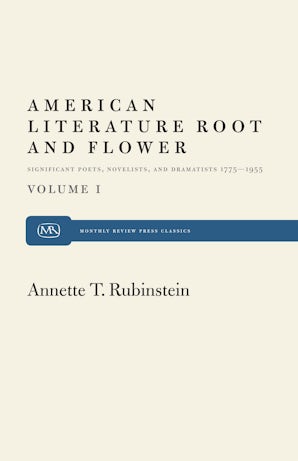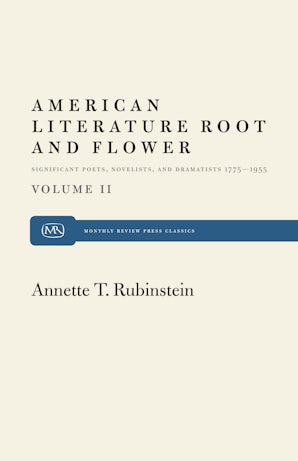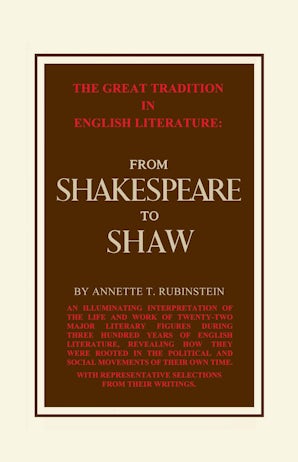Also in this issue
Books by Annette T. Rubinstein
American Literature Root and Flower
by Annette T. Rubinstein
American Literature Root and Flower 2
by Annette T. Rubinstein
Great Tradition in English Lit Vol 2
by Annette T. Rubinstein




